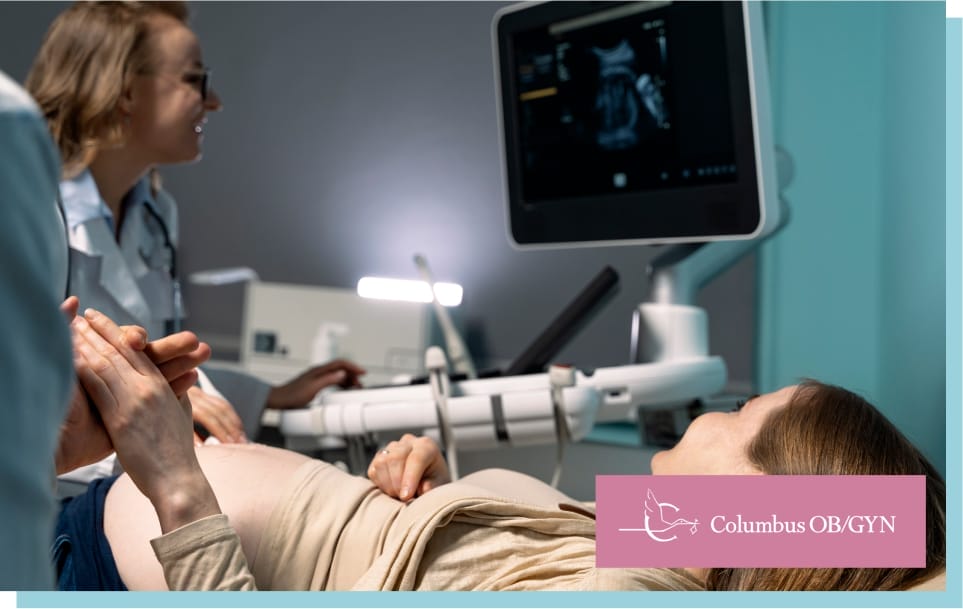
Understanding the difference between 2D, 3D, and 4D ultrasounds is crucial for expectant parents eager to catch a glimpse of their developing baby.
Each type offers a unique perspective, from the basic outlines captured by 2D scans to the detailed, lifelike images of 4D technology.
This guide breaks down each ultrasound’s key distinctions, benefits, and considerations, so you can choose which is best for you.

While 2D ultrasounds are sufficient for medical purposes, 3D and 4D ultrasounds can offer a more immersive experience.
However, the decision should be based on individual needs, medical advice, and financial considerations.
Each type of ultrasound has its unique benefits throughout pregnancy and may come at different times throughout pregnancy. Understanding these can help parents make informed decisions about their prenatal care.

2D ultrasounds offer black-and-white images that provide essential views of the baby’s internal structure. Ideal for assessing fetal health, these images are clear but flat, focusing on anatomical details.

3D ultrasounds are a step up in the visual experience, offering a three-dimensional image, giving depth to the baby’s features.
These images allow a detailed view of the baby’s external appearance, including facial features.

4D ultrasounds enhance the 3D experience by adding motion, offering real-time video of the baby’s activities inside the womb.
This dynamic view can capture movements, expressions, and even smiles, providing a profoundly emotional connection for parents.
2D Ultrasounds remain the gold standard for medical diagnostics in prenatal care, as they are crucial for evaluating fetal development, detecting potential issues, and monitoring the pregnancy’s progress.
Furthermore, 2D ultrasounds are instrumental in routine checks, such as measuring the fetus’ size, assessing the placental location, and evaluating the amniotic fluid levels.
Their reliability and precision in providing essential details make them indispensable for obstetricians and gynecologists.
A 3D ultrasound provides a clearer picture of the fetus’ external anatomy, aiding in diagnosing certain physical abnormalities, such as cleft lip or spinal issues, which might not be as clearly visible on a 2D scan.
However, it’s important to note that 3D ultrasounds are not a replacement for 2D scans but rather a complementary tool in certain diagnostic contexts.
With the addition of movement in 4D ultrasounds, healthcare providers can observe the fetus’ behavior and activity in real-time.
This can be particularly useful in assessing fetal health, such as breathing movements and other reflexes.
While not primarily used for diagnostic purposes, 4D ultrasounds can offer additional insights into the fetus’ well-being and development.

Deciding which type of ultrasound you need depends on the state of your pregnancy.
Always prioritize the advice of healthcare professionals.
Some pregnancies may require more frequent 2D scans for monitoring, while others may not benefit from additional 3D or 4D scans.
If the goal is to enhance the bonding experience with the baby, 3D or 4D ultrasounds might be worth considering.
However, if the focus is solely on health and development, 2D ultrasounds suffice.
2D ultrasounds are generally covered by insurance as part of prenatal care, whereas 3D and 4D ultrasounds are often elective and may not be covered.
Evaluate the cost and whether it fits within your budget.
Additionally, consider the availability of advanced ultrasound services in your area.
The timing of the ultrasound can affect the quality of images and videos.
Discuss with your healthcare provider the best time to schedule each type of ultrasound to ensure optimal results.
Ultrasounds are considered safe for both mother and baby when performed by trained professionals.
However, using these technologies judiciously is essential, especially when opting for elective scans like 3D and 4D.
We promise to take every moment of your care personally. Learn more about us.